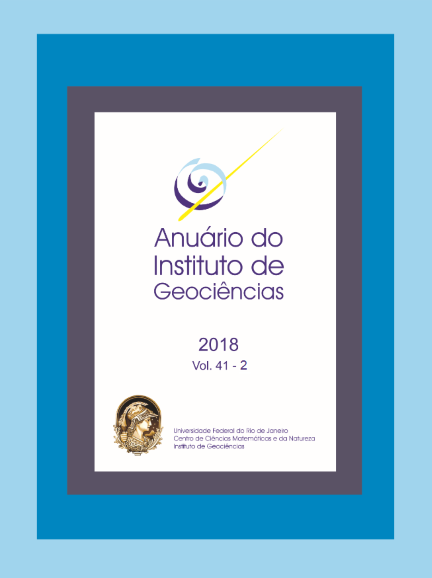Evaluation of Soil Physical Indices Under Different Uses in River Basin
DOI:
https://doi.org/10.11137/2018_2_66_73Keywords:
Clay, Resistance to penetration, Vacacaí-MirimAbstract
The present study aimed to analyze the changes in the physical properties of the soil under different uses in a watershed. The undisturbed soil samples were collected in 26 different locations and analyzed at the Federal University of Santa Maria, RS – Campus Frederico Westphalen, following the methodologies proposed by Klein (2008) and Embrapa (1997). The penetrometer Penetrolog 1020 was used to determine the Penetration Resistance (PR). The PR values range from 2752 (pasture soil) to 9612 kPa (native forest soil). Regarding the physical parameters, the Permanent Wilting Point (PWP) parameter shows that soils occupied by rice cultivation, urban occupation, pasture and native field presented a higher influence on this parameter (higher mean values). The soils occupied by soybean cultivation and native forest have not shown a significant difference between them per this parameter. The other parameters didn’t show a significant difference for the utilized test. The PWP parameter shows a positive correlation with Clay, Penetration Resistance, Field Capacity and Micro Porosity. This is an evidence of the physics parameter’s influence, such as density and porosity, in water storage. As for Density and Macro Porosity parameters showed an inverse correlation which indicates that with the increase of the soil’s density there is a smaller storage of water. Therefore, a smaller amount of water is confined in the PWP. Based on this, it was possible to conclude that the soil’s uses alter the physical properties of it, especially those that suffer anthropic alterations, such as rice cultivation (density and penetration resistance) and soybean (field capacity and permanent wilt point).Downloads
Download data is not yet available.
Downloads
Published
2019-09-09
How to Cite
Kemerich, P. D. da C. (2019) “Evaluation of Soil Physical Indices Under Different Uses in River Basin”, Anuário do Instituto de Geociências. Rio de Janeiro, BR, 41(2), pp. 66–73. doi: 10.11137/2018_2_66_73.
Issue
Section
Article
License
This journal is licensed under a Creative Commons — Attribution 4.0 International — CC BY 4.0, which permits use, distribution and reproduction in any medium, provided the original work is properly cited.















